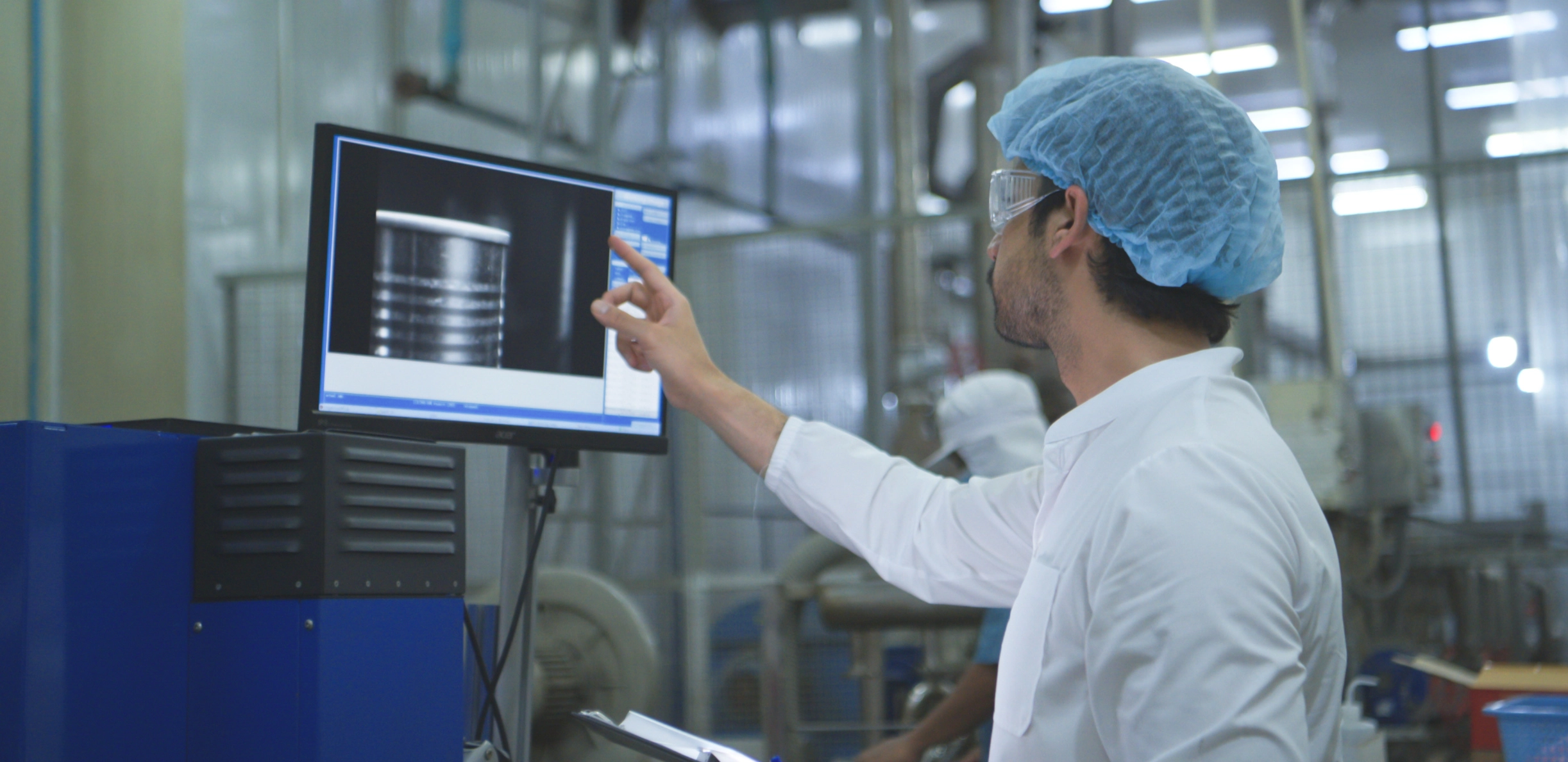
Embrace transformation: Implementing digital quality control
Traditional quality control methods often fall short of delivering the speed, accuracy, and insight required to stay competitive in today’s globally connected, fast-paced manufacturing landscape. To stay ahead, manufacturers are turning to digital quality control procedures that streamline inspections and data-driven decision-making.
Using technology in quality control is no longer optional. In this article, explore the benefits of digital quality control and how the digitalization of quality empowers teams to reduce errors, improve supplier collaboration, and boost overall efficiency.
Why use technology in quality control?
The evolution of production systems into what is now known as industry 4.0 rendered traditional quality control methods obsolete. Manual inspections, paper-based records, and siloed data are prone to human error, inconsistent results, delayed feedback loops, and limited visibility across the supply chain, impacting product reliability.
The integration of technology in quality control helps organizations address modern manufacturing challenges. Digital tools enable real-time monitoring, automated data capture, and centralized reporting, accelerating response times while enhancing compliance. Moreover, shared access to metrics and documentation enhances collaboration, accountability, and overall supply chain performance. This empowers teams to identify and solve issues early, streamline audits, and drive continuous improvement.
Benefits of digital quality control
- Enhanced efficiency: By automating data collection and analysis, digital systems streamline processes, reducing inspection time and increasing productivity.
- Improved quality: Real-time monitoring and automated alerts enable timely corrective actions, minimizing defects and ensuring consistent product quality.
- Data-driven decision-making: Comprehensive data insights provide valuable information to optimize production processes and identify areas for improvement.
- Reduced costs: By preventing defects, reducing rework, and minimizing downtime, digital quality control can lead to significant cost savings.
- Enhanced customer satisfaction: Delivering high-quality products consistently boosts customer satisfaction and loyalty.
- Transparent and resilient supply chain: Real-time data, faster issue detection, and improved collaboration enhance supply chain transparency and resilience, reducing risks while improving reliability and responsiveness.
Implementing digital quality control step-by-step
To implement digital quality control in your organization, follow these five steps. Consider that each one should be piloted, refined, and scaled with cross-functional input to ensure successful adoption and measurable ROI.
1. Digitalize standard work
Convert paper-based procedures into cloud-based formats using digital platforms. Choose tools with visual instructions, version control, and collaboration features to ensure consistency and accessibility. Integrate with quality systems for traceability, and involve frontline teams in testing to ensure usability and alignment with actual workflows.
2. Implement real-time data collection
Utilize digital checklists and automated data capture systems to collect accurate and timely data. Integrate IoT sensors and smart tools that auto-validate inputs to minimize errors and accelerate decision-making. Use cloud-based platforms to centralize information, trigger alerts for deviations, and enable live dashboards.
3. Leverage visual dashboards
Design intuitive, role-specific dashboards with drill-down capabilities and alerts to visualize key performance indicators (KPIs) and identify underlying trends. This enables teams to turn data into more than numbers and generate actionable insights.
4. Automate worker retraining
Use digital tools to deliver targeted training modules based on specific performance gaps, missed KPIs and quality deviations. Use AI to personalize content, track completion, and assess comprehension. Integrate with HR systems to schedule refreshers and ensure compliance, boosting skill retention and reducing recurring issues.
5. Enable proactive maintenance
Combine machine learning with historical data to forecast failures and schedule interventions before breakdowns occur. These predictive maintenance strategies optimize equipment uptime and reduce unplanned downtime.
Harness digital quality control procedures with Kiuey
The future of quality control is digital. As supply chains grow more complex and customer expectations rise, relying on outdated methods is no longer sustainable. The digitalization of quality empowers teams to make faster, data-driven decisions, reduce human error, and proactively address issues before they escalate. From real-time monitoring to automated reporting, the benefits of using technology in quality control are clear: greater efficiency, stronger compliance, and a resilient, transparent supply chain.
Ready to transition into digital quality control? Try Kiuey’s solutions and harness the full potential of technology in quality control. With intuitive dashboards, smart data capture, and scalable digital workflows, Kiuey optimizes and streamlines quality assurance operations.
Get your teams to achieve excellence consistently. Schedule a free demo with Kiuey today and discover how digital quality control can redefine your operations.
Subscribe to our newsletter.
Your go-to destination for insights, best practices, and innovative solutions in supplier quality assurance.
Recent Posts
PPAP strategies for effective supplier collaboration with Kiuey
December 9, 2025
How supplier quality audits drive zero defect manufacturing
December 4, 2025
Creating an effective supplier audit checklist for better compliance
November 27, 2025
Categories
Let's talk to see how PPAP Manager can help your company to save time and money.




